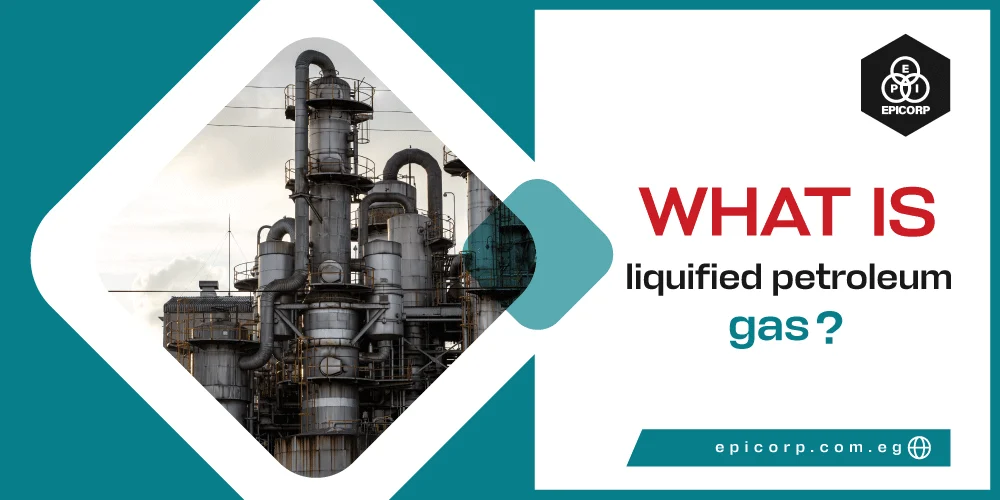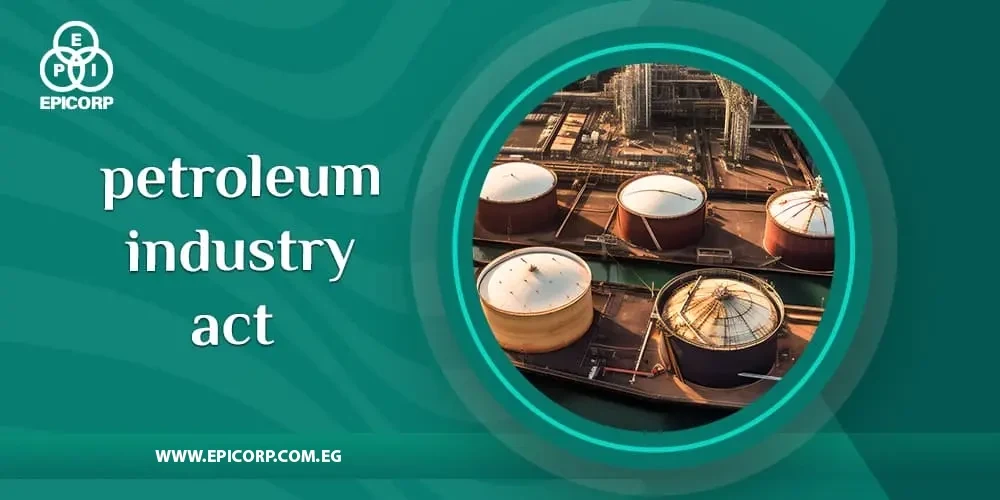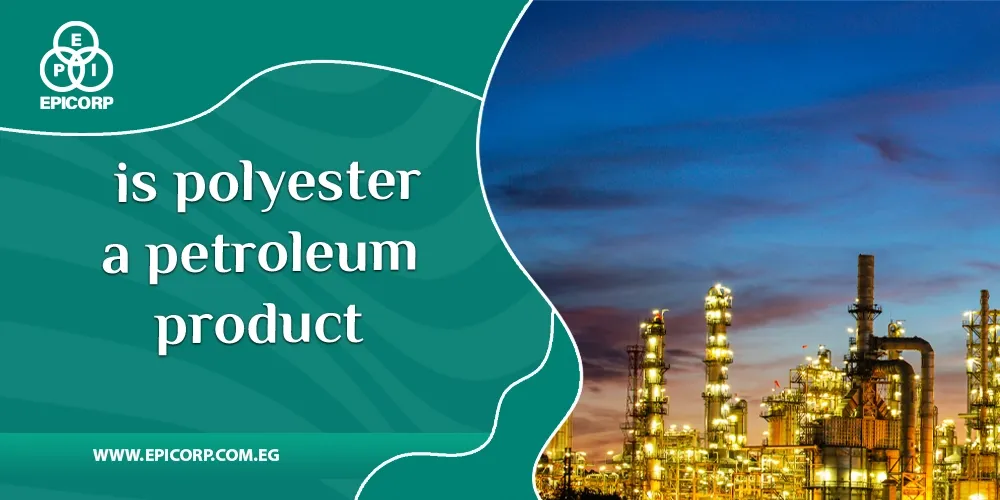Curious minds often ponder, what is liquified petroleum gas (LPG)? This versatile energy source, predominantly composed of propane and butane, emerges as a silent hero in our daily lives. Derived from the intricate processes of natural gas and petroleum refinement, LPG dons various hats, fueling everything from our culinary adventures to the wheels that drive us forward. Let’s delve into the world of LPG, unlocking its potential and understanding the flames that shape modern living.
Table of Contents
ToggleWhat is liquified petroleum gas?
When asking, what is Liquefied Petroleum Gas? primarily composed of propane and butane, takes center stage as a versatile energy solution, that means it can be used in many purposes. Stemming from natural gas processing and petroleum refinement, it introduces us to a world.
At its core, LPG is a harmonious blend of propane and butane, each bringing its unique qualities to the mix. Propane, renowned for its high energy content, and butane adds versatility, especially in the context of portable stoves and other specialized use.
Read also: Petroleum Industry Definition.
How is liquified petroleum gas produced?
LPG is produced through a refining process that involves the extraction of propane and butane from crude oil or natural gas. The process includes the following steps:
- Extraction:
Crude oil or natural gas is extracted from the ground.
- Refining:
The crude oil undergoes a refining process where impurities are removed, and various components are separated based on their boiling points.
- Fractionation:
The refining process includes a fractionation tower where lighter hydrocarbons like propane and butane are separated from the heavier components.
- Treatment:
The extracted propane and butane undergo treatment to remove any remaining impurities.
- Pressurization and Cooling:
The separated propane and butane are then pressurized and cooled to transform them into a liquid state, resulting in LPG.
Get to know: What Is Petroleum Energy?
What is liquified petroleum gas used for?
Now we will answer another significant question what is liquified petroleum gas
Used for?
Liquified Petroleum Gas (LPG) is used for a variety of purposes, including:
1- Cooking:
LPG is commonly used as a clean-burning fuel for cooking in households, restaurants, and other food establishments.
2- Heating:
It is used for space heating in homes and businesses.
3- Vehicle Fuel:
One of what is liquified petroleum gas used for, is it serves as an alternative fuel for vehicles, particularly in areas where infrastructure supports LPG refueling.
4- Industrial Applications:
LPG is used in industrial processes such as metal cutting, welding, and as a fuel for forklifts.
Hers’s: What Are The 10 Uses Of Petroleum.
5- Refrigeration:
It is used as a refrigerant in certain applications.
6- Agricultural Applications:
LPG is used in agriculture for tasks like crop drying.
7- Power Generation:
In some cases, LPG is used for electricity generation.
Read also: Petroleum Refinery In Modern Times.
Why is liquified petroleum gas important?
Liquified Petroleum Gas (LPG) holds importance for several reasons:
1- Versatility:
What is liquified petroleum gas characterized with is its versatility fuel used for different purposes like cooking, heating, transportation, and various industrial applications, making it a valuable energy source in diverse sectors.
2- Clean-Burning:
LPG is a cleaner-burning fuel compared to some traditional fuels, emitting fewer pollutants and particulate matter during combustion, which contributes to better air quality.
3- Efficiency:
Liquified petroleum Gas is an efficient energy source, providing a high heat output per unit of energy compared to some other fossil fuels.
4- Ease to use and transport:
It is widely available and can be easily transported, making it accessible even in remote or off-grid areas.
5- Convenience:
LPG is stored and transported in a liquid state, making it easy to handle and store. It can be stored in portable containers for household use or transported in larger quantities for industrial and commercial applications.
6- Economic Impact:
The LPG industry creates jobs and stimulates economic activity through production, distribution, and various applications, contributing to economic development.
Read also: Oil Refinery Waste Products.
Where energy meets efficiency
Another crucial question is what is liquified petroleum gas efficiency?
Liquefied Petroleum Gas (LPG) showcases a remarkable blend of energy and efficiency in the world of fuel. Beyond being just a source of power, LPG serves as a smart meeting point where the demand for energy is paired with the best possible efficiency.
Now we will mention some gathering points:
- Fluid Transitions, Efficient Applications:
LPG’s ability to transition seamlessly between liquid and gaseous states adds another layer to its efficiency. This characteristic facilitates not only easy storage and transportation but also ensures that when deployed, it transforms into a readily usable form of energy. This fluidity contributes to efficiency in various applications, from household cooking to industrial processes.
- Environmental Efficiency:
Efficiency goes beyond just the practical applications; it extends to environmental considerations. LPG, with its cleaner combustion compared to some traditional fuels, aligns with the growing need for energy sources that balance human convenience with environmental responsibility.
Is liquified petroleum gas better than natural gas?
The comparison between liquefied petroleum gas (LPG) and natural gas depends on various factors and specific use cases. Here are some considerations:
1- Energy Content:
Natural gas generally has a higher energy content per unit volume compared to what is liquified petroleum gas producing.
. This means that, for the same volume, natural gas provides more energy.
2- Storage and Transportation:
LPG is stored and transported in a liquid state, making it more energy-dense and easier to store in smaller containers.
3- Emissions:
Both LPG and natural gas are considered cleaner-burning fuels compared to some other fossil fuels, resulting in lower greenhouse gas emissions and air pollutants.
Conclusion
What is liquified petroleum gas? It plays a crucial role in various aspects of our lives, from cooking and heating to powering vehicles and industrial processes. LPG’s efficiency lies in its ability to transition between liquid and gaseous states, making it easy to store, transport, and use. Its importance is further emphasized by its clean-burning nature, contributing to better air quality and aligning with environmental considerations. The production of LPG involves extracting and refining propane and butane from crude oil or natural gas.
In the forefront of the petroleum field, Epicorp stands as a beacon of excellence and innovation. By strategically investing in various aspects of the industry, from exploration to refining, the company has positioned itself as a key player, driving advancements and contributing to the sector’s growth.
FAQ
What is the main component of LPG?
The main components of LPG (liquefied petroleum gas) are mixtures of propane and butane. LPG is a hydrocarbon gas that is used as fuel in heating appliances, cooking equipment, and vehicles. It is derived from the refining of crude oil or natural gas processing
Is LPG a natural fuel?
Yes, LPG (liquefied petroleum gas) is considered a natural fuel. It is derived from natural gas processing or the refining of crude oil.



